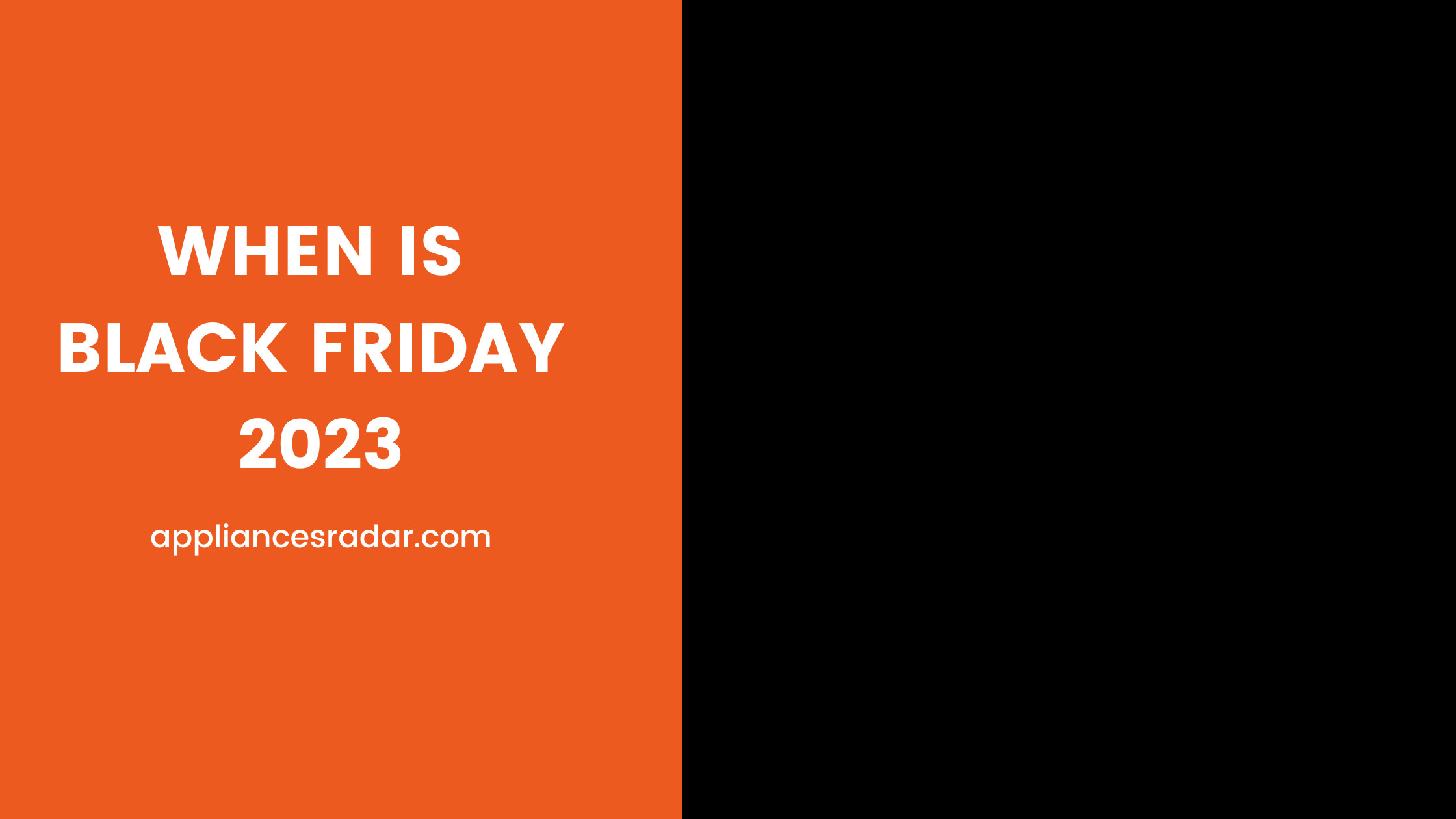
Pressure washers can be a great way to clean your driveway, patio, or car. However, in order to get the most out of your pressure washer, it is important to understand the basics of connecting it to a tap.
In this blog post, we will walk you through the process of connecting your pressure washer to a tap, so that you can get started on cleaning!
Purpose of the blog post
Pressure washers are a great way to get the job done when it comes to outdoor cleaning tasks. But to ensure that you get the most from your pressure washer, understanding the basics of how to connect it to a tap is essential.
This blog post sets out a simple and straightforward guide for attaching your pressure cleaner to an external water source.
It will guide you through the process of selecting appropriate components for connecting your pressurized water outlet, provide instructions on how to connect them together, as well as sharing some tips for troubleshooting any potential problems that may arise.
So if you’re looking to get the most out of your pressure washer, take the time now to read through this blog post and make sure your connection works like a dream!
The process of connecting a pressure washer to a tap
Connecting a pressure washer to a tap is an easy process, with all the required parts and tools provided upon purchasing the appliance. Expertise and experience are not necessary, meaning anyone can complete this DIY job in minimal time with minimal fuss.
After the correct socket for your tap is selected, the washer will need attaching to it and securing with a hose clip. Once attached, ensure that there are no leakages before you begin operating the pressure washer.
Finally, when you have finished your cleaning task be sure to safely disconnect all parts before storing away for later use.
Understanding Your Pressure Washer
What kind of tap do you need?
When connecting your pressure washer to a tap, the first thing you need to consider is what kind of tap you have.
Different taps require different fittings, so it's important to make sure that you get the correct one for your particular tap.
Common types of taps include hose bibs (which are typically found outdoors), basin spouts (which are usually found in bathrooms and kitchens), and laundry tubs.
Gather the necessary tools and materials for connection
Once you have identified the type of tap that you have, it's time to gather the necessary tools and materials for making your connection.
Most pressure washers come with all the parts needed, including a hose clip to secure the connection, as well as an appropriate fitting for your tap.
It may also be useful to have some plumber’s tape and a pair of pliers on hand to help with the process.
Connecting Your Pressure Washer to the Tap
Step-by-step guide
1. Turn off water supply
Turning off your water supply is an important step when doing maintenance or repairs around the house. Doing so will prevent flooding and other issues because it will block any water from reaching faulty pipes or appliances.
It's a simple procedure that involves shutting the valve on the main water line, which could save you a lot of time and money in the long run by avoiding costly damage!
Make sure you read all associated instructions carefully so that you know how to operate it correctly and safely.
2. Connect garden hose to tap
The next step is to attach the garden hose to your tap. If you're using a hose bib, simply fit the appropriate fitting onto the end of the garden hose and then thread it into the pipe outlet on the side of your house.
You may need to use pliers or a wrench for this part. Once secure, turn on the valve for your water supply to ensure the connection is tight.
3. Attach pressure washer connecting adapter
Now you will need to attach the pressure washer connecting adapter to your garden hose.
This should screw securely into the end of your garden hose, and then can be connected to the pressure washer. Make sure that it is firmly attached so that there are no leaks.
4. Connect pressure washer hose and power cord to unit
The final step is to connect the pressure washer hose and power cord to the unit. Make sure you read all instructions carefully before doing so, as connection requirements may vary from model to model.
Once both are securely attached, turn on your pressure washer and check for any leaks or signs of malfunctioning.
Final Tips for Use and Maintenance
Safety tips
It is important to remember that pressure washers are powerful tools, and can be dangerous if not used properly.
Be sure to wear protective gear such as gloves, eye protection and closed-toe shoes when operating your pressure washer. Additionally, never point the unit at people or animals and always keep it away from power lines.
Tips for maintenance
Proper maintenance of your pressure washer is essential for ensuring that it runs smoothly and efficiently. Be sure to periodically check all screws, hoses and connections for signs of wear or damage.
Additionally, you should also inspect the pump at least once a year for any signs of buildup or corrosion. Finally, make sure to store your pressure washer in a safe and dry place when not in use.
Conclusion
Overall, connecting a pressure washer to your tap is not a difficult task. By following the steps above and using the appropriate tools, you can easily get your pressure washer up and running in no time.
Just remember to take safety precautions when operating your unit and to always practice proper maintenance for optimal performance. With this knowledge, you have everything you need to make the most out of your pressure washer!












